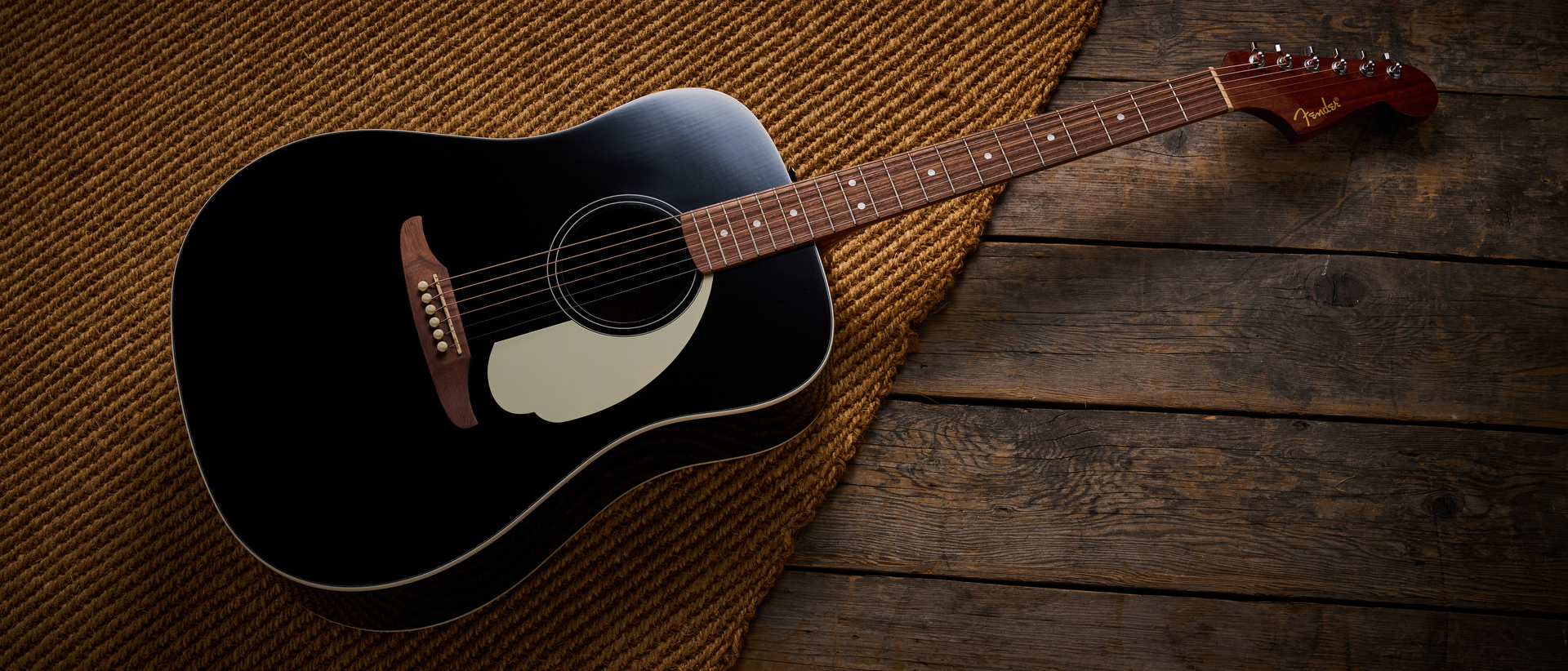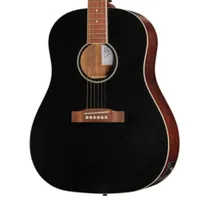MusicRadar Verdict
For its price and familiar, inviting playability, it’s hard to criticise what this guitar stands for. It’s a budget-friendly acoustic that delivers Fender-level craftsmanship that'll help beginner guitarists hone their craft quicker and easier, and may even tempt a few more experienced strummers to bolster their collection.
Pros
- +
A great entry-level build.
- +
Electric-like playability.
- +
Affordably priced.
- +
Left-handed option available.
Cons
- -
Tuning pegs are a little unresponsive.
- -
Players who need better upper fret access may want to opt for the more expensive cutaway model.
MusicRadar's got your back
What is it?
The latest offspring in Fender's California range of acoustic guitars are defined by a few key factors: all-laminate construction, a stunted price tag, and, most controversially, a headstock usually reserved for Strats and Teles.
The range was first introduced in the 1960s, and Elvis Presley and Johnny Cash were early supporters of guitars built, above all, for comfort, durability, and versatility. Fast-forward several decades, and affordability stacks onto the pile.
Indeed, the new series comes in considerably cheaper than most California predecessors, even coming in close to half the price of some of its California Player acoustics.
With the rise of firms like Harley Benton and Cort, there are more budget acoustics on offer than ever before, but by dropping its price to such a point, while still being a Fender, rather than a Squier, the reputation these new instruments come with could do enough to tip the balance in its favour.
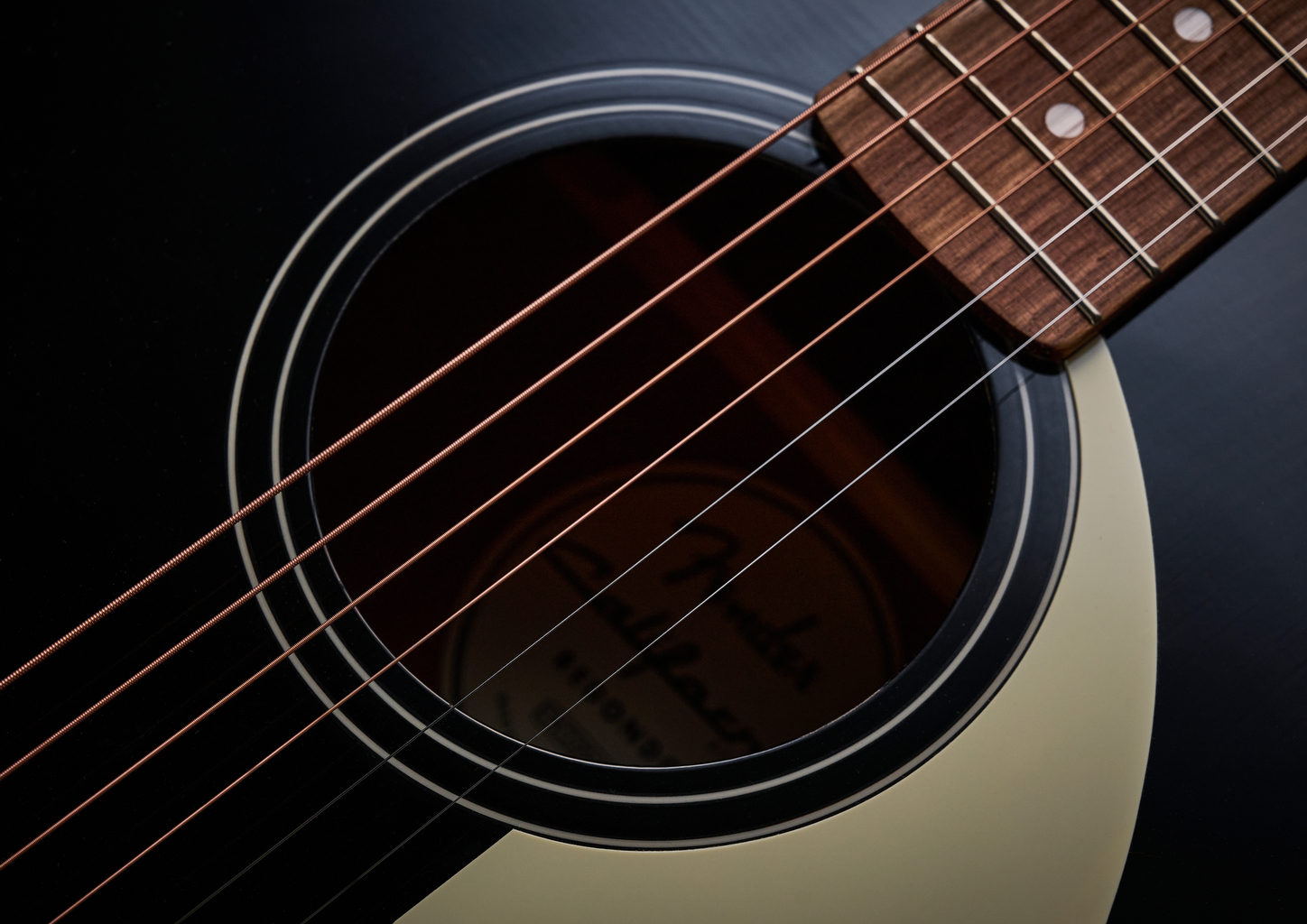
Of the specs, Fender has opted for laminated sapele back and sides and a spruce top, which is also bestowed with ivory binding. That combo marries an okoume neck and walnut fingerboard, and the company has gone heavy on the gloss finishes. That's Polyurethane gloss icing its body, and Urethane for the neck.
The C-profile neck promises a homely Fender playability, and its fingerboard gets 20 vintage-sized frets and pearloid dot inlays. It's topped with a micarta nut and die-cast sealed tuners, and tailed with a walnut Modern Viking bridge with plastic pins.
It all comes together for a 25.5" scale build that its creators hope comes across as an “undeniably timeless, and quintessentially Fender” guitar. Buying one won’t break the bank, but does it still pack plenty of Elvis-approved charm despite the shrinking price tag?
Want all the hottest music and gear news, reviews, deals, features and more, direct to your inbox? Sign up here.
Specs
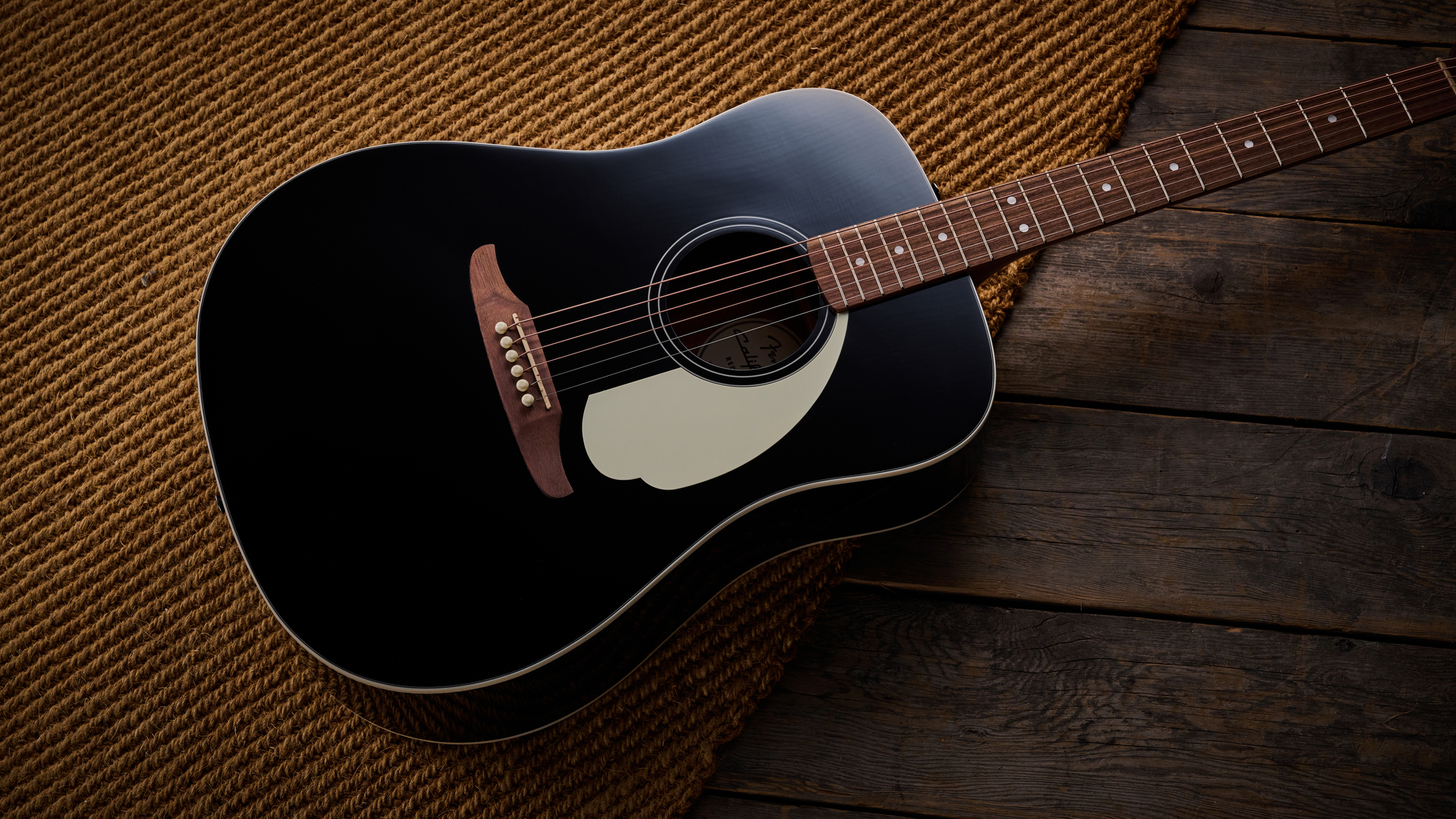
- Launch price: $241.99 | £169.99 | €199.99
- Made: USA
- Type: Dreadnought acoustic guitar
- Body: Laminated sapele back and sides, spruce top
- Neck: Okoume
- Fingerboard: Walnut
- Scale length: 25.5”
- Nut/width: Micarta, 1.6875" (42.86 mm)
- Frets: 20
- Hardware: Modern Viking walnut bridge with plastic pins, die-cast sealed tuners
- Electrics: None
- Left-handed options: Yes, in Natural
- Finishes: Natural, Three-color Sunburst, Black (as reviewed)
- Contact: Fender
Build quality
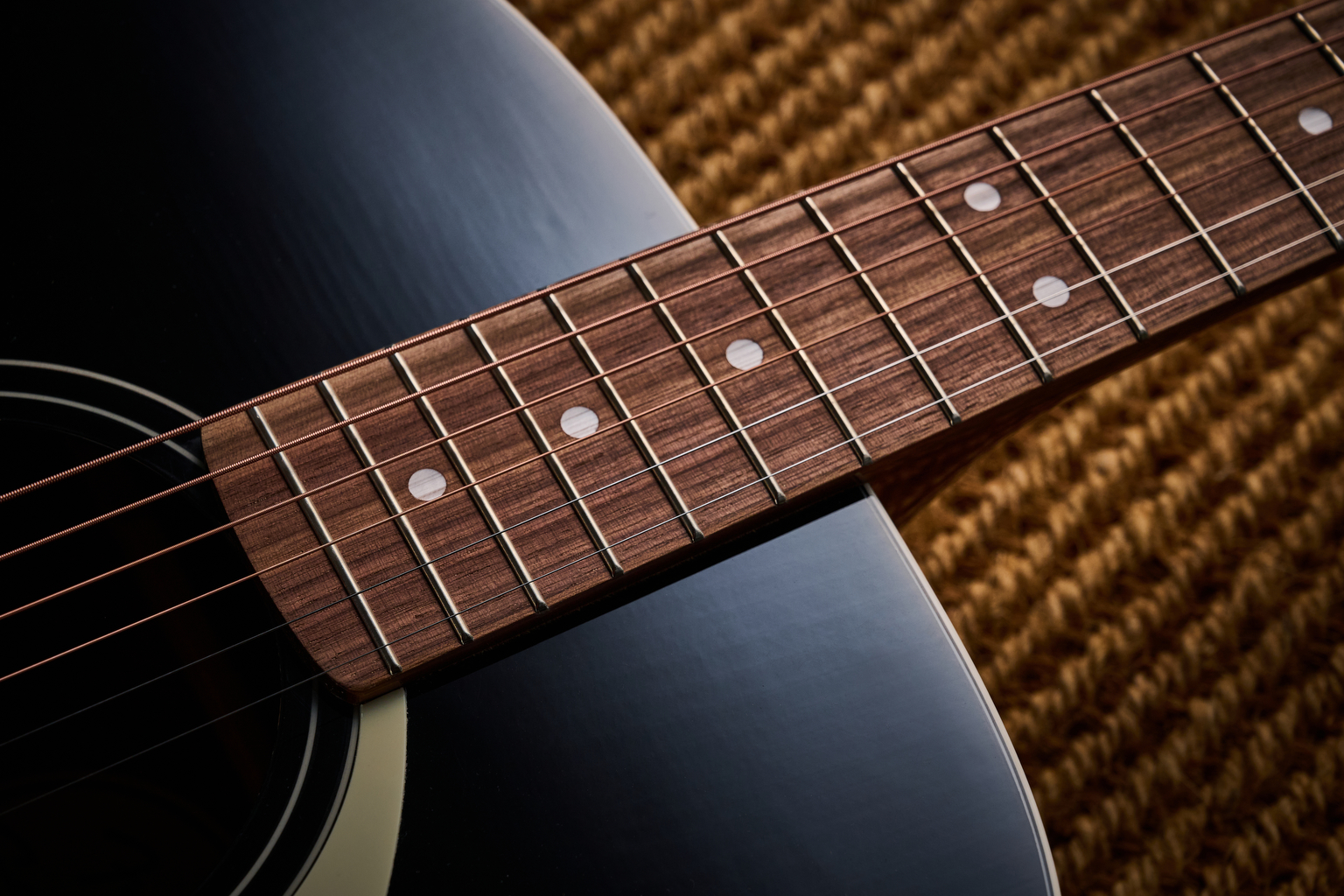
Build quality rating: ★★★★☆
First impressions are always very telling, and after strumming a few open chords and running my hands across its luxurious-looking fretboard, it was clear that the bar is higher than the Redondo's price may insinuate to the casual observer. But then again, this is a Fender after all.
Unfortunately, I find the tuning pegs to be a little unresponsive. Fortunately, however, tuning stability is impressive through my testing, even when taking the guitar from room to room, exposing it to different temperatures and conditions. That’s a big positive.
Tuning stability is impressive, even when taking the guitar from room to room, exposing it to different temperatures and conditions
Elsewhere, the heaviness of the gloss is a little off-putting. I’ve never really liked guitars that distract from the fact that what you are playing is made of wood, but the neck gloss, at least, doesn’t lay it on too thick. The edges of the soundhole are also a little messy with rogue flecks of white paint. It’s a minor defect, but a defect nevertheless.
As for the Fender headstock – in this case a Jazzmaster silhouette – opinions are sure to be divided. As it has been doing for a few years now, with everything from the Acoustasonic to its Highway Series, its latest cohort of acoustics sees Fender sticking to its guns, seemingly priding itself on the brand identity benefits it brings, even if it’ll turn some people off.

Honestly, I don’t hate the headstock on an acoustic, and the wood grain on the neck upwards is absolutely gorgeous; it looks far more premium than the guitar's cost would suggest. I do feel, however, that the Black model would benefit from a colour-matched headstock. The Natural version makes the headstock work far better in that regard.
Playability

Playability rating: ★★★★☆
There’s an incredibly welcoming and homely feel to this guitar
I play electric guitars far more than acoustics, and I've got plenty of Fender and Fender-styled axes in my collection. As such, there’s an incredibly welcoming and homely feel to this guitar. The neck feels like it’s been lifted from a Stratocaster, and the action as shipped is incredibly slick; you won’t need bodybuilder strength to lay down barre chords here.
At times, with my eyes locked on the neck and fretboard, it can be easy to forget this isn’t an electric guitar because of how smoothly it plays – even if the neck is a smidge thicker than a standard electric – and that makes it far more inviting to less experienced players. It's good for far more than cowbody chords alone.
The gloss finish of the neck actually encourages gliding across the fretboard, but the size of its neck heel – it’s like the hull of a cruise liner, in truth – does greatly hinder access to the upper frets, particularly on the bass side. But that is to be expected on non-cutaway models, and with that context in mind, it isn't all bad news.
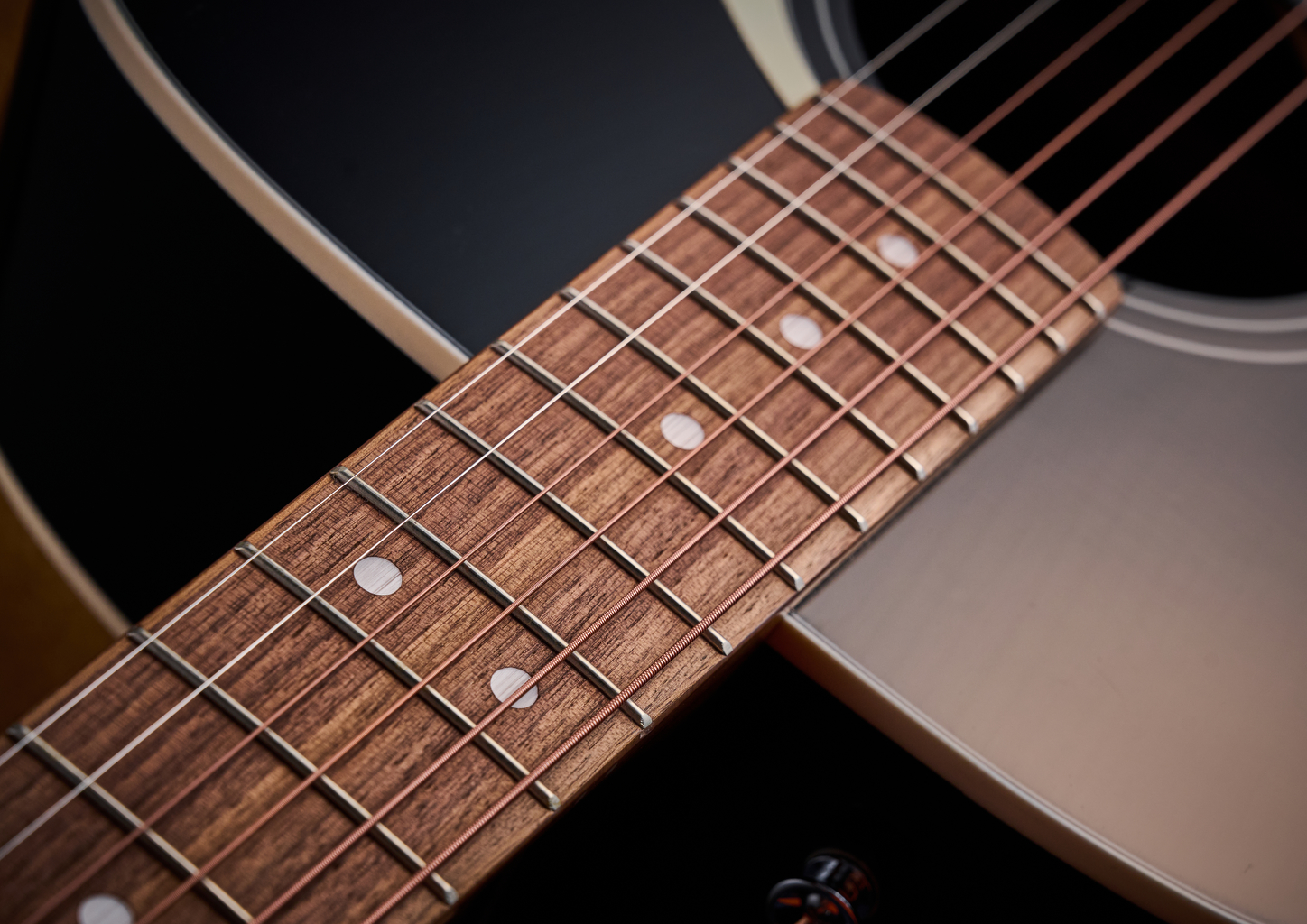
For those wanting greater upper fret access, there is a £210 cutaway version with a built-in preamp/pickup (the California Standard Redondo CE). But even still, reaching up to the 15th fret is pretty accessible, making pentatonic soloing an octave higher than the open position pleasant enough.
Ultimately, this is aimed at appealing as a beginner’s acoustic guitar. In that sense, its playability is top-notch; it does a job, and does it well. If my first acoustic guitar were as easy to play as this, I’d have been insanely happy.
Sounds
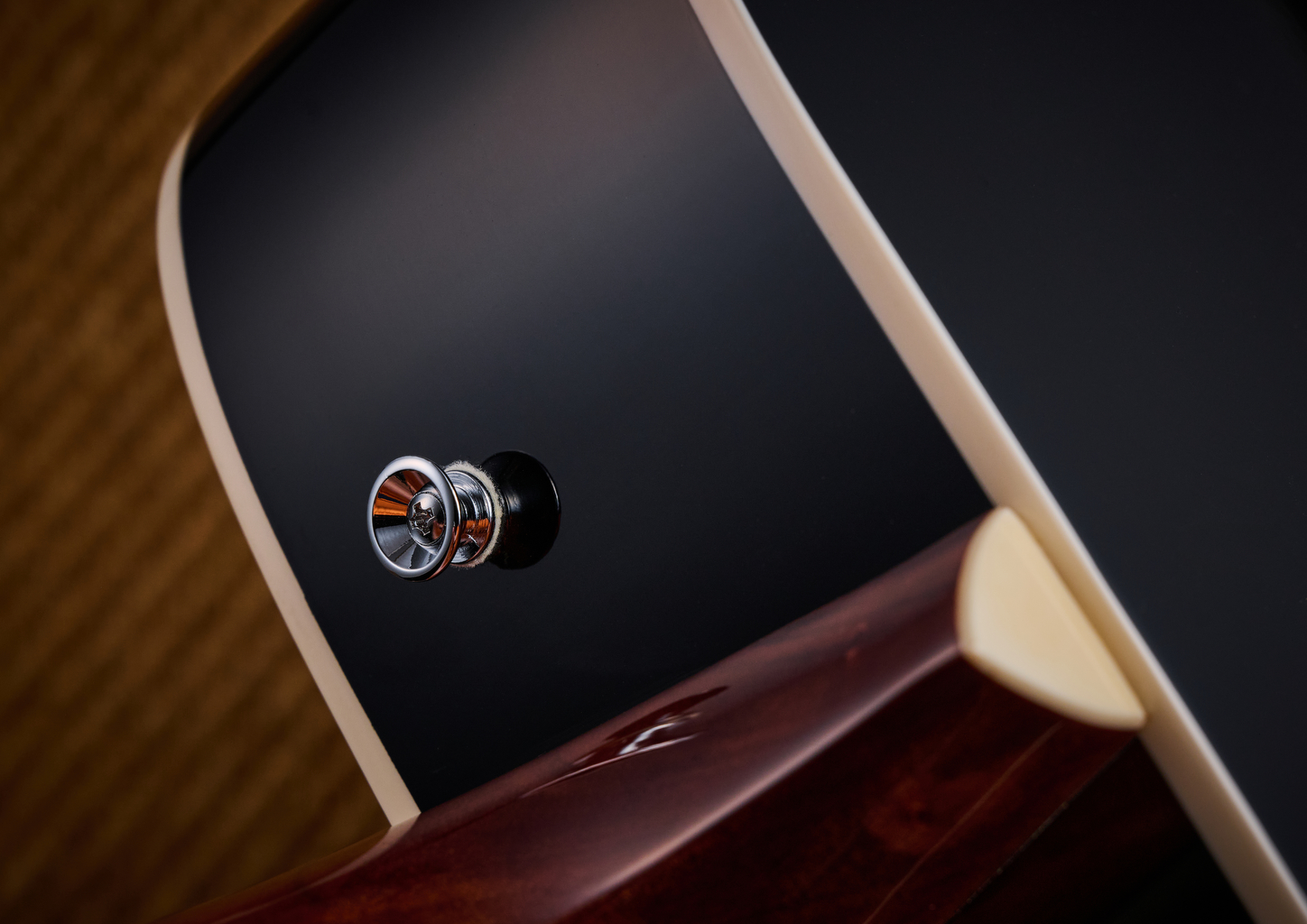
Sounds rating: ★★★★☆
With this being void of any in-built electronics, it relies on the chosen tonewoods and general craft of the guitar for its tonal characteristics, and they coalesce for a guitar that’s very bright and cheerful-sounding. It’s more campfire sing-along than brooding gothic companion. But it isn’t sickeningly sweet-sounding, either.
Brightness aside, it’s got a fairly neutral character to it, and for those new to the world of guitar playing, that’s good – players at that point needn’t get bogged down in tonal nuances.
But if you’re looking for a really bright or really dark sound, or any other particular niche for that matter, this is a little too vanilla to be a contender.
It’s more campfire sing-along than brooding gothic companion. But it isn’t sickeningly sweet-sounding, either.
The Fender California Standard Redondo projects nicely — lively enough to fill a room, but not so boomy that things get muddy, or neighbours complain. It strikes that Goldilocks balance of being ‘just right’, and that’ll no doubt keep beginners motivated to stick with it.
When strumming stacked, complex chords, every note rings out with pleasing balance; there’s no overemphasis on bass or treble. There’s also a subtle shimmer to wrung-out notes as the sound swirls around inside the body. It’s quite charming, even if it feels like an unintentional quirk.
Verdict

For an authentic Fender acoustic — especially one that plays this well — the price really doesn’t feel steep. Sure, it’ll appeal most to newer players or anyone after a reliable campfire companion, but that’s no bad thing. And for a first guitar, you could certainly do a lot worse.
When it comes to affordable Fender experiences in the acoustic world, there’s plenty of bang for your buck here. More importantly, it’s the kind of guitar that’ll still see plenty of play even after you’ve levelled up to something more premium, which says a lot about its quality and charm.
When it comes to affordable Fender experiences in the acoustic world, there’s plenty of bang for your buck here
At this price point, its effortless playing, balanced sound — and, for those who are into it, a headstock that really stands out in this crowd — give it plenty of pulling power.
The real value lies with players earlier in their journey, looking to level up on an instrument that forgives as much as it inspires. Not every acoustic at this price can make that promise.
MusicRadar verdict: For its price and familiar, inviting playability, it’s hard to criticise what this guitar stands for. It’s a budget-friendly acoustic that delivers Fender-level craftsmanship that'll help beginner guitarists hone their craft quicker and easier, and may even tempt a few more experienced strummers to bolster their collection.
Test | Results | Score |
|---|---|---|
Build quality | The tuners could be more responsive, but there's little to spoil the party here. | ★★★★☆ |
Playability | A smooth-playing neck will help new players get better quicker. | ★★★★☆ |
Sounds | Quite a neutral sounding guitar, making it versatile without nailing one kind of character in particular. | ★★★★☆ |
Overall | For those priced out of most Fender acoustics, this is your best chance for a slice of the pie, but in truth, it's a beginner-orientated instrument. | ★★★★☆ |
Also try

Gretsch Jim Dandy Dreadnought - $199 | £199
<p>Part of the wider family, this vintage-inspired acoustic offers period-correct details and an all-sapele laminated body, offering a compact and welcoming playability.
Fender California Standard Redondo CE - $262.99 | £209.99
<p>With the same playability, a cutaway for better upper fret access and built-in electronics, this gig-ready alternative offers just that little bit more, without needing to splash too much extra cash.Hands-on videos
Fender

Gear4music
A freelance writer with a penchant for music that gets weird, Phil is a regular contributor to Prog, Guitar World, and Total Guitar magazines and is especially keen on shining a light on unknown artists. Outside of the journalism realm, you can find him writing angular riffs in progressive metal band, Prognosis, in which he slings an 8-string Strandberg Boden Original, churning that low string through a variety of tunings. He's also a published author and is currently penning his debut novel which chucks fantasy, mythology and humanity into a great big melting pot.
You must confirm your public display name before commenting
Please logout and then login again, you will then be prompted to enter your display name.
